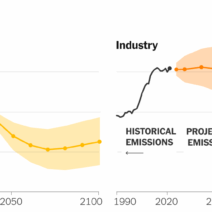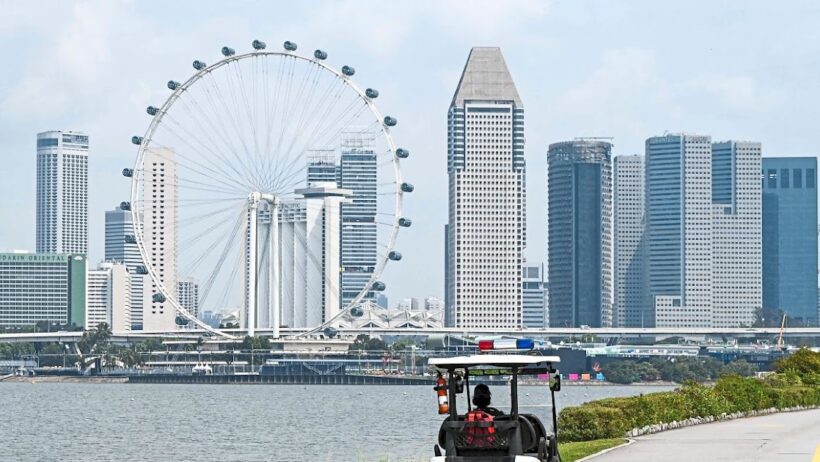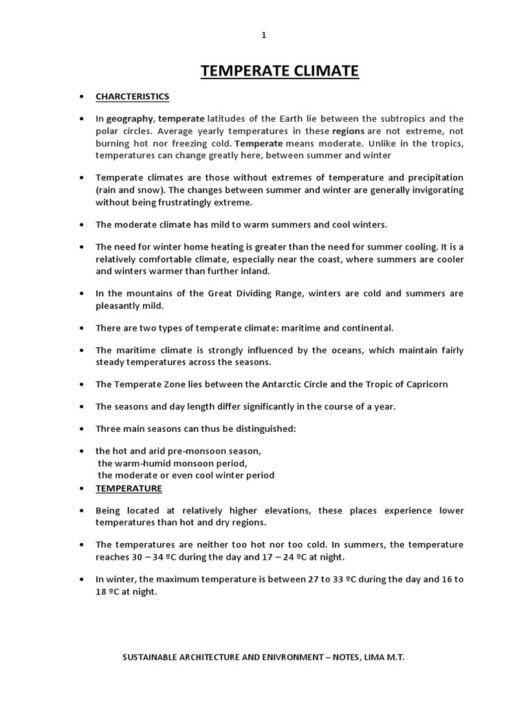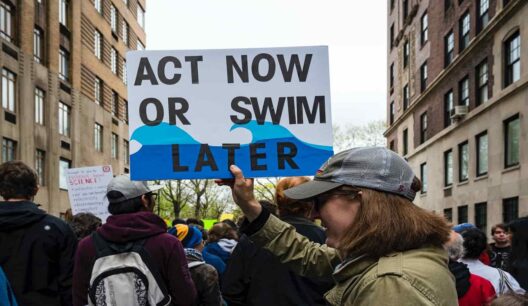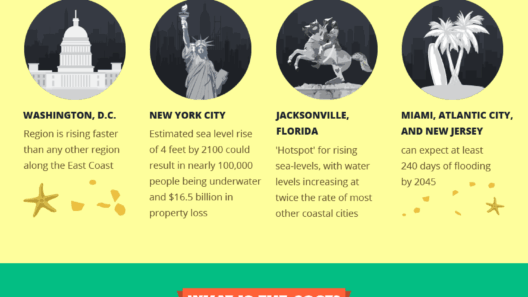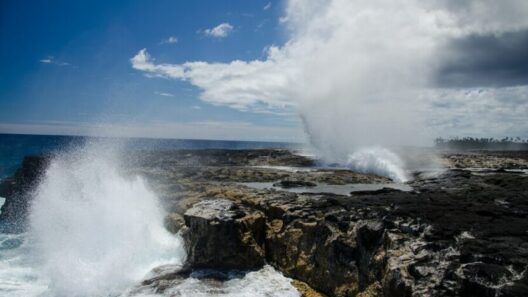As the planet’s climate continues to evolve, the phenomenon of rising sea levels has emerged as a significant threat, particularly to coastal communities. This gradual increase in sea levels poses pressing implications for human habitation, ecosystems, and local economies. Understanding the complex interplay of factors contributing to rising sea levels can illuminate the potential consequences for those who live on the frontline of this crisis.
Rising sea levels are primarily driven by two critical processes: the thermal expansion of seawater and the melting of glaciers and ice sheets. As the temperature of the Earth increases due to greenhouse gas emissions, ocean waters expand; concurrently, vast reserves of fresh water locked in ice are released into the oceans. These factors combine to create a precarious situation for vulnerable coastal regions around the globe.
By 2050, the Intergovernmental Panel on Climate Change (IPCC) projects that coastal cities will face higher risk levels from flooding and erosion. Cities like Miami, New Orleans, and New York, as well as countless smaller coastal communities, are beginning to grapple with these challenges. As a result, it becomes imperative to examine how rising sea levels can impact these areas socially, economically, and environmentally.
The social implications of rising sea levels are profound. Coastal communities often have dense populations, relying on the ocean for sustenance, transportation, and cultural identity. With aquatic ecosystems at risk, the livelihoods of fishermen and those involved in tourism can be put in jeopardy. Displacement is another stark reality – as water encroaches on land, residents may be forced to abandon their homes, resulting in increased migration pressures and community fragmentation. The socio-economic fabric becomes strained, as displaced individuals seek refuge in inland areas, often facing significant barriers to integration and access to resources.
Infrastructure in coastal regions is particularly susceptible to the challenges posed by rising sea levels. Roads, bridges, and public facilities are not only at risk of damage from flooding but may also require costly adaptations or retrofitting to withstand these changes. Governments must grapple with the financial burdens associated with upgrading infrastructure, which can divert funds from other critical areas, such as education or healthcare. As demand for emergency services and disaster response increases, resources may become overstretched, leading to systemic challenges and inequities in care.
Furthermore, the agricultural sector faces severe threats as salinization of groundwater intensifies due to rising sea levels. Many coastal areas depend heavily on agriculture for economic stability and food security. However, saltwater intrusion can damage freshwater sources and degrade arable land. As salinity rises, crops may struggle to thrive, leading to food shortages and increased prices. This risk threatens not only the livelihoods of farmers but also the stability of local markets and the availability of nutritious food for the population.
The environmental consequences of rising sea levels cannot be overlooked. Coastal ecosystems, including mangroves, coral reefs, and wetlands, serve as buffers against storm surges and flooding while also providing essential habitats for various species. The destruction of these ecosystems diminishes their capacity to protect human settlements and exacerbates the consequences of climate change. The loss of biodiversity that accompanies this destruction can destabilize food webs and lead to the extinction of numerous species.
Additionally, increasing sea levels contribute to more frequent and severe coastal erosion. As coastlines recede, vital land areas may vanish, leading to habitat loss for both wildlife and humans. The degradation of ecosystems underlies a cascading effect, resulting in a diminished natural defense against extreme weather events. Areas previously shielded from the brunt of storms may now become vulnerable, calling for urgent attention from policymakers and local governments.
Mitigating the risks associated with rising sea levels necessitates collaborative, multifaceted approaches focusing on both adaptation and prevention. Investments in sustainable urban planning can lead to innovative infrastructure solutions that incorporate green spaces, natural barriers, and improved drainage systems to manage stormwater. Policymakers must also prioritize the preservation of vital ecosystems, promoting conservation efforts that enhance resilience against floods and storms.
Public awareness is another critical component in tackling the challenges posed by rising sea levels. Education about the environmental, social, and economic ramifications can spur community engagement and collective action. Individuals can advocate for responsible policies, promote environmental stewardship, and mobilize resources to address the crisis at hand. Local forums and grassroots movements play a significant role in fostering dialogues around the needs and aspirations of coastal communities.
Moreover, harnessing technology can provide solutions to bolster resilience. Satellite imagery and geographic information systems (GIS) can assist in monitoring changes in coastal regions, providing data crucial for effective planning. As scientific understanding evolves, so too should our approaches, emphasizing proactive measures to mitigate risks rather than reactive responses to disasters after they occur.
Ultimately, rising sea levels represent a looming threat that intersects socio-economic, environmental, and infrastructure dimensions in coastal communities. As the world grapples with the effects of climate change, the urgency of addressing rising sea levels cannot be understated. By adopting a comprehensive and informed approach to the situation, we can safeguard vulnerable populations and foster a sustainable future for coastal regions worldwide.

